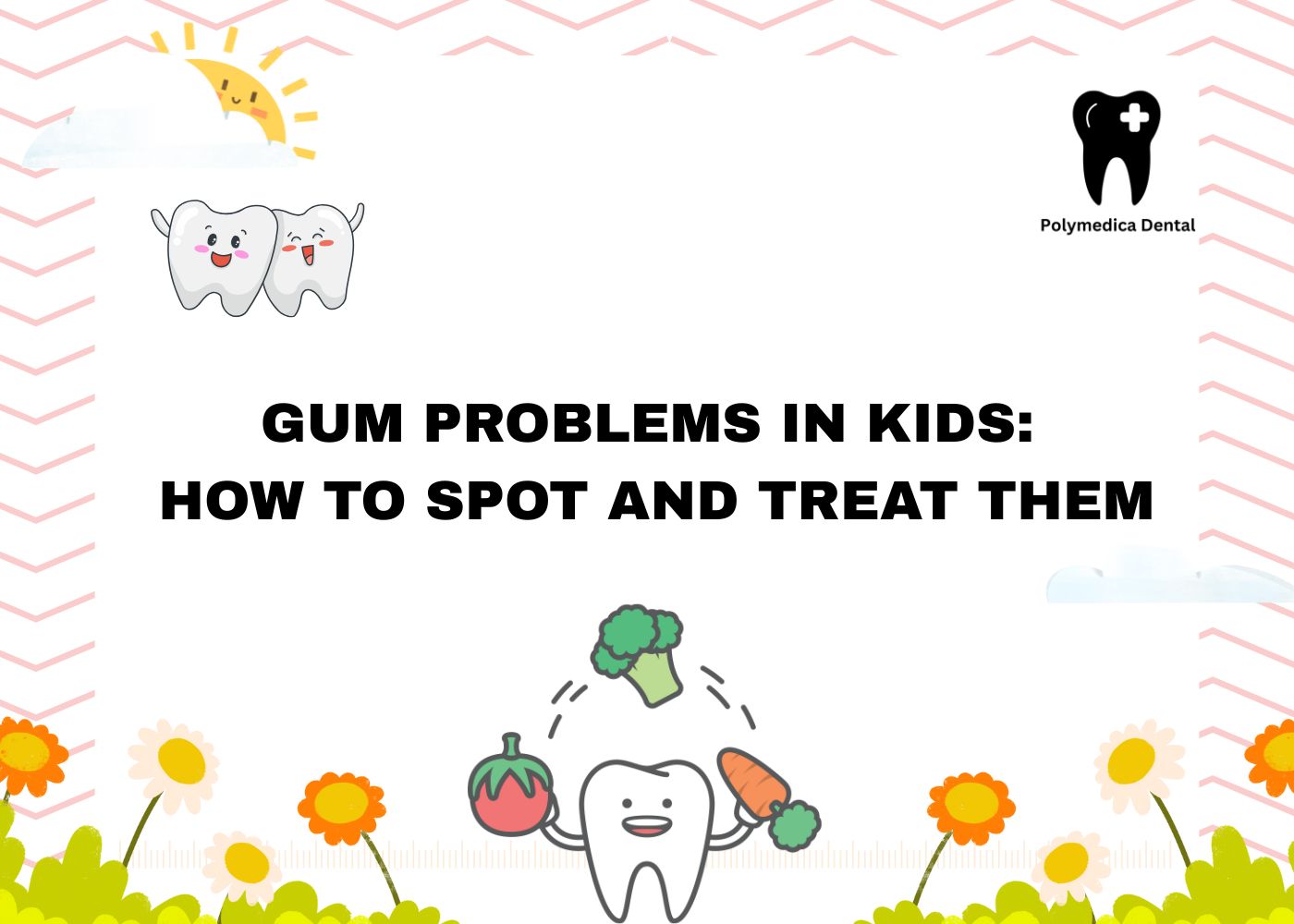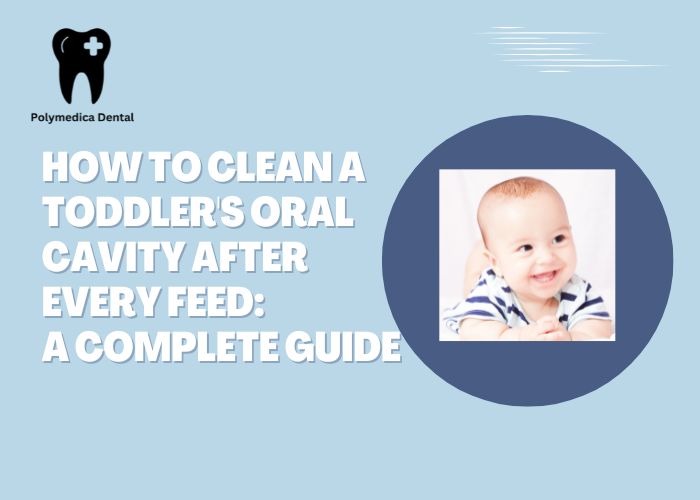

Caring for your toddler’s oral health starts with how to clean a toddler’s mouth after every feed they have. This guide is for parents and caregivers who want to establish strong oral hygiene habits early on.
Cleaning a toddler’s mouth is more than just a routine task—it is crucial in preventing tooth decay, bacteria buildup, and other oral health issues that can occur even before teeth come in. Toddlers are particularly vulnerable because their developing mouths require gentle yet consistent care.
In this article, you will learn:
By taking these steps seriously, you are laying the groundwork for a lifetime of healthy smiles. This article provides a clear, step-by-step guide to cleaning your toddler’s mouth safely and effectively.
To understand the basics of toddler oral health, it’s important to know how the mouth develops from birth. During this time, your baby’s gums are soft and delicate, getting ready for the first teeth to come in, usually around six months. Even before the teeth appear, taking care of baby gums is crucial for keeping the mouth clean.
Risks to a Toddler’s Oral Health
There are several risks that can harm a toddler’s mouth, including:
Importance of Early Dental Care
The main goal of early dental care for toddlers is to prevent these risks by quickly removing any leftover food or milk residues and bacteria. Here’s how you can do it:
Taking care of your toddler’s mouth before their teeth erupt is not just about keeping it clean—it’s also an essential step in preventing future dental problems and encouraging lifelong oral health habits.
Maintaining an effective oral hygiene routine for toddlers involves different techniques before and after teeth appear. You can follow these steps to ensure thorough cleaning toddler mouth after feeding.
Cleaning Before Teeth Appear
Cleaning After First Tooth Eruption (Around 6 Months)
Proper Brushing Technique
Avoiding Harmful Habits
Cleaning toddler mouth after feeding is a simple yet essential practice that you can easily integrate into daily care. Using these baby gum cleaning techniques sets the foundation for healthy oral development.
Maintaining a healthy toddler diet and oral health goes beyond just cleaning. You need to be mindful of what your toddler consumes and how they care for their mouth after meals.
These tips complement how to clean a toddler’s oral cavity after every feed they have by supporting a cleaner and healthier oral environment. They reduce the chances of cavities and keep your toddler comfortable during teething phases without resorting to harmful practices.
Visiting a pediatric dentist is an essential step in maintaining your toddler’s oral health. The first dental visit for toddlers is typically recommended around 12 months of age or within six months after the first tooth appears. This early appointment sets the foundation for positive dental experiences and professional monitoring.
Key benefits of pediatric dental checkups include:
Scheduling routine checkups every six months provides ongoing support for your toddler’s oral health journey. Establishing this habit early makes dental visits familiar and less intimidating, promoting a lifetime of good dental practices.
Selecting the best kids dentist in Gurgaon is essential for ensuring your toddler’s oral health is managed with expertise and gentle care. Pediatric dentists specialize in treating young children’s unique dental needs, making their approach different from general dentistry. You want a professional who understands toddler behavior, can manage anxiety, and uses child-friendly techniques to make dental visits comfortable and effective.
Dr. Swati Pandey at PolyMedica Dental and Medical Centre is highly regarded for her compassionate approach and specialized pediatric dental care. Parents looking for Dr. Swati Pandey reviews often highlight her ability to connect with children, making dental treatments less intimidating and more positive experiences.
Key features of Dr. Swati Pandey’s practice include:
Choosing a pediatric dentist like Dr. Swati Pandey ensures your child receives professional care focused on prevention, comfort, and long-term oral wellness. PolyMedica Dental and Medical Centre is a trusted location where your toddler’s smile is nurtured with skill and kindness.
Teaching kids brushing techniques starts early, usually around age 2 to 3 when toddlers show interest in helping with their oral care. At this stage, involve them by letting them hold a toothbrush and mimic your actions. This builds positive associations and helps them learn the motions needed for effective cleaning.
Supervision is Key
Supervision is key during toddler brushing supervision. Children typically cannot brush thoroughly on their own until about age 6 or 7. You will need to assist by guiding their hand or finishing the job after they try. Use gentle reminders about brushing all surfaces of teeth and gums.
Develop a Consistent Routine
Develop a consistent routine by reinforcing how to clean a toddler’s oral cavity after every feed they have. This habit encourages regular care and reduces the chance of bacteria buildup. Praise and patience help keep toddlers engaged and cooperative as they develop these lifelong oral hygiene skills.
Developing oral hygiene habits becomes easier when brushing is a fun activity for toddlers. You can:
These playful techniques transform brushing from a chore into an anticipated part of the day, fostering a positive attitude toward oral hygiene from an early age.
Maintaining toddler oral hygiene requires consistent effort and care. Cleaning a toddler’s mouth after every meal prevents bacteria buildup and tooth decay, setting a strong foundation for lifelong oral health.
Key points to remember:
The importance of consistent cleaning cannot be overstated. Professional dental care benefits your child by monitoring growth and catching issues early. Knowing how to clean a toddler’s mouth after every meal empowers you to protect their smile every day.
WhatsApp us